Situated majestically in the heart of Beijing, the Forbidden City (Forbidden Palace) has stood tall throughout its 600-year history, witnessing the ups and downs of the Ming and Qing dynasties. However, among this massive architectural complex, there are still "inviolable" areas, arousing the curiosity and speculation of later generations. Among them, the Wuhua Pavilion - a magnificent Buddhist structure, is always shrouded in mystery, and even historians are not allowed to set foot in it. It was not until the last Emperor, Pu Yi, returned to the Forbidden City after an amnesty order that the secrets of the inner palace were gradually revealed.
According to Sohu , Yuhua Pavilion, hidden in the inner courtyard area to the west of the Forbidden City, is the largest Buddhist hall among dozens of Buddhist shrines here. Its mystery is further increased by the fact that this area is always off the list of places open to the public, making visitors wonder and even weave many thrilling hypotheses.
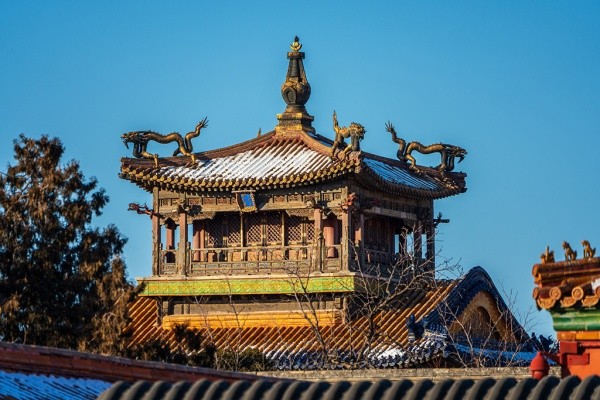 |
Vu Hoa Cac is always closed to visitors. (Photo: Shutterstock) |
In 1959, after being pardoned, Pu Yi worked at the Beijing Botanical Garden. One day, he and his colleagues visited the Forbidden City, which was now open to visitors. By chance, they met a tour group, a historian who enthusiastically introduced the history of Wuhua Pavilion, explaining that it was built during the Qianlong period and contained many rare Buddhist statues and Buddhist scriptures. To avoid damage, this area was closed to the public.
Standing in the crowd, Pu Yi shook his head after hearing this, thinking that this explanation was not true. The historian did not recognize the last emperor, so he asked him again, "What is the truth?". At this time, Pu Yi revealed to everyone that Wu Hua Pavilion indeed held many treasures, but the main reason this area was not open was because the fourth floor of the building worshiped three statues of the Twin Buddhas (Twin Buddhas). "Initially, only the Emperor before his marriage was allowed to come and admire them, the purpose was to learn about men and women," Pu Yi said, making everyone around him surprised and understand.
According to research, the Twin Buddha, also known as the Joyful Buddha, is believed to have the ability to help viewers better understand the intimacy between men and women. Due to its sensitive and offensive image, the treasures inside the Vu Hoa Cac are not allowed to be widely displayed to the public.
Thus, after centuries of mystery, the real reason why Vu Hoa Cac became a forbidden area in the Forbidden City has been revealed. Not because of the rare treasures, but because of the Buddha statues with special sex education meanings reserved for the Emperors before marriage. This interesting story not only answers the questions of later generations, but also reveals a secret, little-known aspect of ancient royal life.
Source: https://khoahocdoisong.vn/bi-mat-tu-cam-thanh-vi-sao-vu-hoa-cac-dong-cua-voi-hau-the-post266354.html



![[Photo] National Assembly Chairman Tran Thanh Man attends the Party Congress of the Committee for Culture and Social Affairs](https://vphoto.vietnam.vn/thumb/1200x675/vietnam/resource/IMAGE/2025/5/11/f5ed02beb9404bca998a08b34ef255a6)
![[Photo] General Secretary To Lam concludes visit to Russia, departs for Belarus](https://vphoto.vietnam.vn/thumb/1200x675/vietnam/resource/IMAGE/2025/5/11/0acf1081a95e4b1d9886c67fdafd95ed)



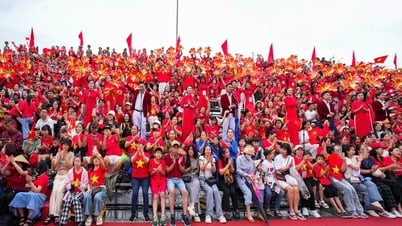
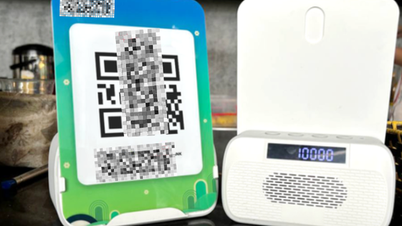
![[Video] Bringing environmental technology from the lab to life](https://vphoto.vietnam.vn/thumb/402x226/vietnam/resource/IMAGE/2025/5/11/57d930abeb6d4bfb93659e2cb6e22caf)
![[Video] Product risk classification: Solution to reform quality management, reduce burden for businesses](https://vphoto.vietnam.vn/thumb/402x226/vietnam/resource/IMAGE/2025/5/11/cbcd6b50805549a5bbb9e8e6354eda70)
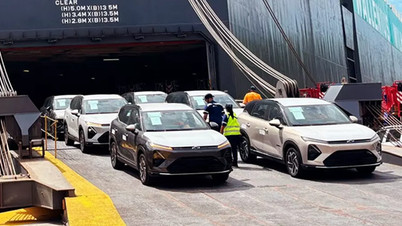
![[Video] Domain name “.vn” - National symbol in cyberspace](https://vphoto.vietnam.vn/thumb/402x226/vietnam/resource/IMAGE/2025/5/11/ff459b2b640347a5948e3424e5c256d0)






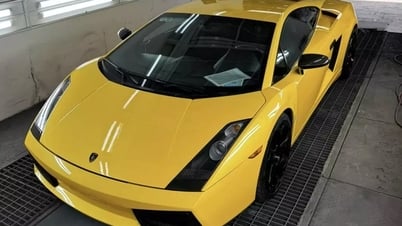

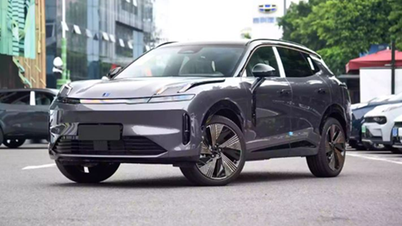
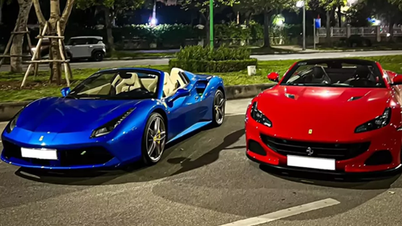

![[Photo] Discover the beautiful scenery of Wulingyuan in Zhangjiajie, China](https://vphoto.vietnam.vn/thumb/1200x675/vietnam/resource/IMAGE/2025/5/11/1207318fb0b0467fb0f5ea4869da5517)





























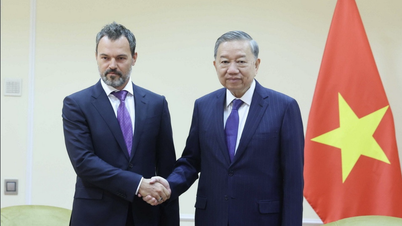

















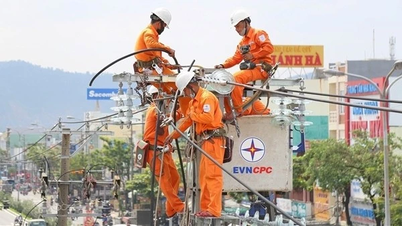

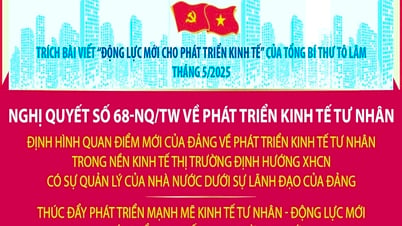

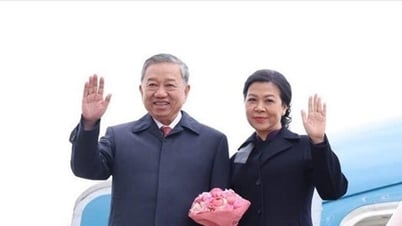

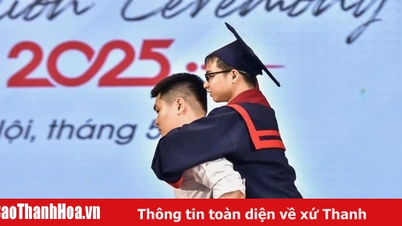

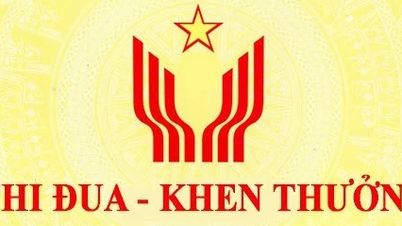











Comment (0)